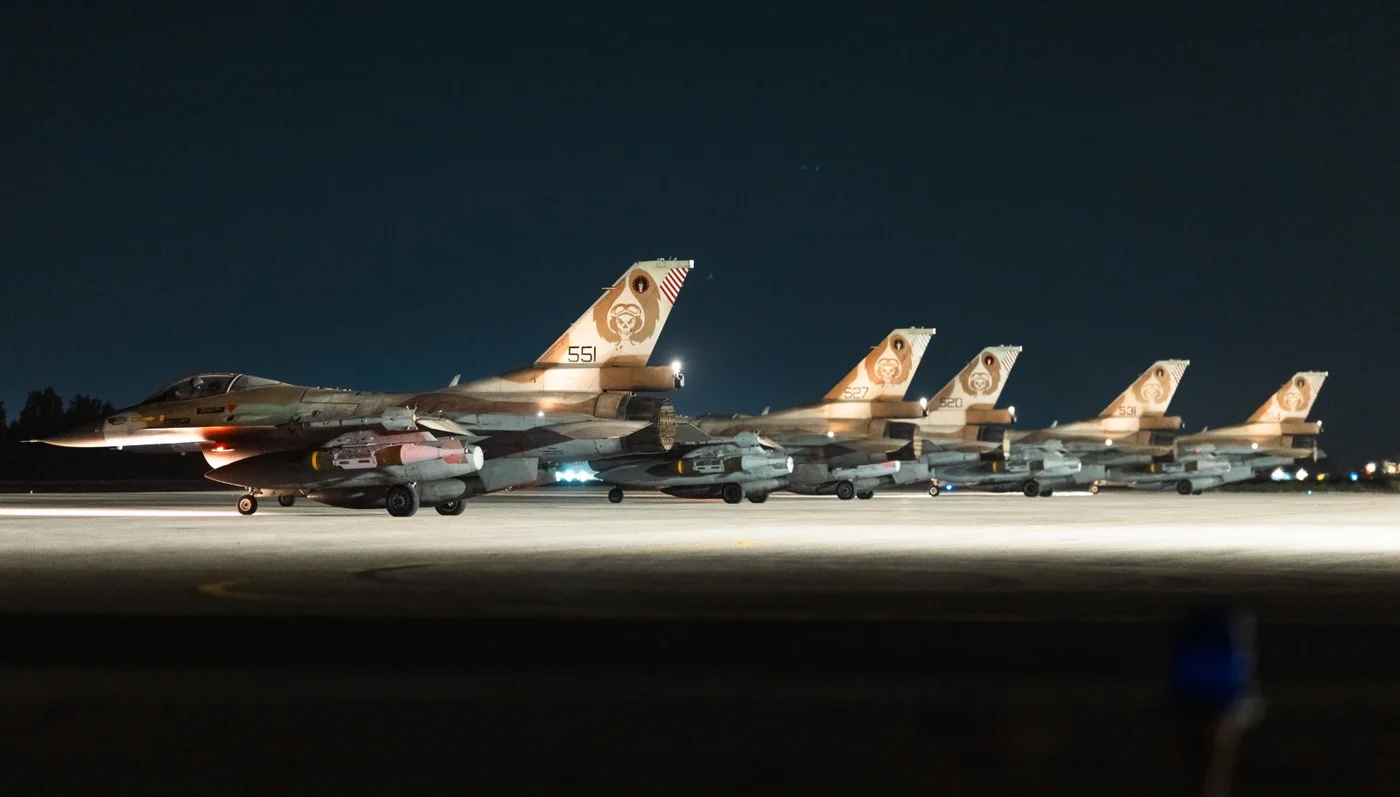According to intelligence assessments from U.S. and Israeli sources, 12 days of fighting between Israel and Iran in June 2025 caused deep, long-term paralysis to Tehran’s nuclear enrichment and weapons infrastructure. What was until recently seen as a tangible threat from a nuclear threshold state has been almost entirely eliminated, per the *Washington Post* report.
A senior Israeli security source stated that Iran is no longer a nuclear threshold state. Even if Iran attempts to resume its activities, it would take one to two years to return to its pre-war capabilities—and only if it manages to conceal its plans. The possibility of testing a more primitive prototype bomb is not entirely ruled out, but Israel believes such moves could be detected and prevented in advance.
In the months leading up to the conflict, Iran pursued parallel programs for an EMP weapon and complex hydrogen bombs alongside standard fission mechanisms. Israeli sources claim the Islamic Revolutionary Guard Corps’ push for EMP weapons stemmed from the belief that they did not directly violate Supreme Leader Khamenei’s fatwa against nuclear weapons, though progress toward full nuclear deterrence capability continued, awaiting only final approval.
U.S. and Israeli assessments highlight a previously underreported aspect: precise strikes early in the war targeted Iran’s nuclear scientists. The vast majority of top-tier, second-tier, and even third-tier scientists were killed in the initial wave of attacks. This loss of human capital is considered devastating, potentially deterring the next generation of Iranian scientists from joining a program marked by deadly consequences.
The operation was described by intelligence sources as a blend of air warfare, espionage, and algorithms, with unprecedented coordination. Israel led most of the campaign, but the U.S. delivered the final blow, with B-2 bombers deploying bunker-busting bombs and Navy ships launching Tomahawk missiles at partially destroyed facilities. Reports indicate the Trump administration approved Israel’s operation on June 13 but would intervene directly only if it succeeded, which it did.
Assessments shared between Washington and Jerusalem noted that the Natanz enrichment facility was completely destroyed, the underground Fordow facility was disabled, and additional strikes hit Isfahan’s critical conversion plant, which turned uranium into metallic form for bombs. Israel claims a secret stockpile of 400 kilograms of highly enriched uranium was buried under rubble.
Even if Iran retains other fissile material stockpiles, Israeli officials argue it’s unlikely to be usable for significant purposes, such as a “dirty bomb” that spreads radiation without a nuclear explosion, offering no strategic gain.
A key Israeli military achievement was establishing air superiority within two days, enabling the destruction of half of Iran’s 3,000 ballistic missiles and over 80% of their launchers. Israel estimates Iran planned to expand its arsenal to 8,000 missiles, and without immediate action, the damage to Israel could have been far greater. However, a surprise emerged: Iran had a larger-than-expected stockpile of solid-fuel missiles, which are harder to intercept post-launch.
The strikes targeted not only nuclear facilities but also supporting infrastructure, including laboratories, test sites, command centers, and planning offices, all completely destroyed. Israel’s defense establishment assesses that even if Iran seeks to rebuild its nuclear program, the path to full restoration will be long, costly, and complex.
As the dust settles, the Trump administration faces a new dilemma: whether to pursue a new agreement to prevent Iran’s nuclear recovery. U.S. sources say Tehran has rejected proposals for a total enrichment ban, potentially rendering the issue theoretical. Both the U.S. and Israel hope Iran remains bound by the Nuclear Non-Proliferation Treaty (NPT), allowing international oversight via the IAEA. For now, with most facilities reduced to rubble, there is little left to monitor.
